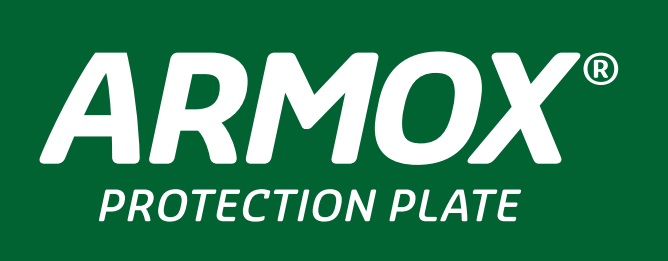
Green steel – that is steel manufactured with little or no greenhouse gas (GHG) emissions – is a target that is eminently more reachable before long owing to the vast investments being made in light of climate change goals across the globe.
The process to make green steel begins with the production of direct reduced iron (DRI), where oxygen is removed from the raw ore using hydrogen, rather than being melted in a blast furnace. The resultant is then further processed through modern electric arc furnaces (EAF) using zero-carbon energy (usually hydro).
The steel industry is racing to reduce the volumes of GHGs it emits, currently running at 7% – 9% of global carbon dioxide emissions. Too, political agendas across the world are heavy with commitments to reach environmental targets set in the Paris Climate Accords, which commits countries to limit global temperature rises to well below 2C, and low- or zero-carbon steel will certainly help this endeavour.
Industry-wide emissions must fall by at least 50% by 2050, according to the International Energy Agency (IEA); even China has unveiled a target to achieve ‘carbon neutrality’ by 2060, requiring major upgrades to its inefficient steel mills that churn out more than 33% of the country’s CO2 emissions. Importantly, it produces half the world’s steel, so the Asian superpower exerts a powerful influence on global markets.
But China understands that it must not only pay lip service to carbon reduction targets but provably demonstrate that its goods are carbon-neutral, otherwise its share of the world’s markets will plummet as consumers across the globe pay closer attention to details on climate friendliness of goods.
Decarbonising the steel industry
In general, hitting climate change targets will depend heavily on decarbonising the steel industry, and there are now many technology-based initiatives that will support the sector reduce its CO2 exposure. It has a strong partner in the energy industry, which itself is becoming greener and greener, with hydrogen and hydro becoming the new power sources. While most technologies for ‘green’ steel remain experimental, their commercial applications are predicted to reach fruition around 2030. But there are many individual success stories that have delivered on their carbon promises.
SSAB, the Swedish Steelmaker, which was the first company to deliver carbon-free steel to Volvo – who turned it into the world’s first fully zero-carbon vehicle (a mining truck) – has a proven end-to-end supply chain for green steel using its HYBRIT technology partners.
The company is drawing on this experience to scale up its entire steel products portfolio to become green. Its customers will then be able to use this steel to further reduce their own company’s carbon footprints, cumulatively lowering CO2 emissions in whichever location they are situated. It has placed itself firmly at the forefront of the green circular economy, giving both suppliers and customers the confidence to use SSAB products without fear.
We asked Mikael Ringholm, Sales Director Protection at SSAB, to give us some company insights on how its products are being perceived by the market and its customers, and any future plans
What is the market for SSAB’s sustainable steel products?
There is increasing interest in sustainable steel products produced by SSAB from different industries. From building roofs to automotive applications, their main interest is in finding the best sustainable solutions.
Which products are in demand?
All our products are in demand, independent of the end products to be produced. The demand from the market, both from the end-users and our customers, is increasing as evidence points to a greater need for more climate-friendly solutions are needed.
Do customers ask you for products you don’t currently have? What types are they and might SSAB consider producing them?
Yes, they are asking for fossil-free material already, which we are developing further and will be available from 2026. They want our full range of products in fossil-free forms and production will begin in 2026. The entire SSAB product range will be fossil-free from 2030.
And even if we can’t offer the fossil-free product they ask for right now, we ensure they manufacture the most sustainable products possible by using our current materials range.
The steel, due to its hardness and toughness, gives customers options to either go for a thinner profile with an equal life and lower fuel consumption, or maintain the thickness, and gain a longer life with the additional benefit of increasing sustainability.
Can you talk about some trade shows you have been to and talk about what visitors to your stand say to you?
The latest trade show our sales team was present at was Eurosatory 2022, Paris, France in June 2022. Visitors were really interested in talking to us about our journey towards fossil-free steel, and learning when they could get a plate to use themselves.
Download the factsheet below to learn how Ramor® Steel could fit your application


